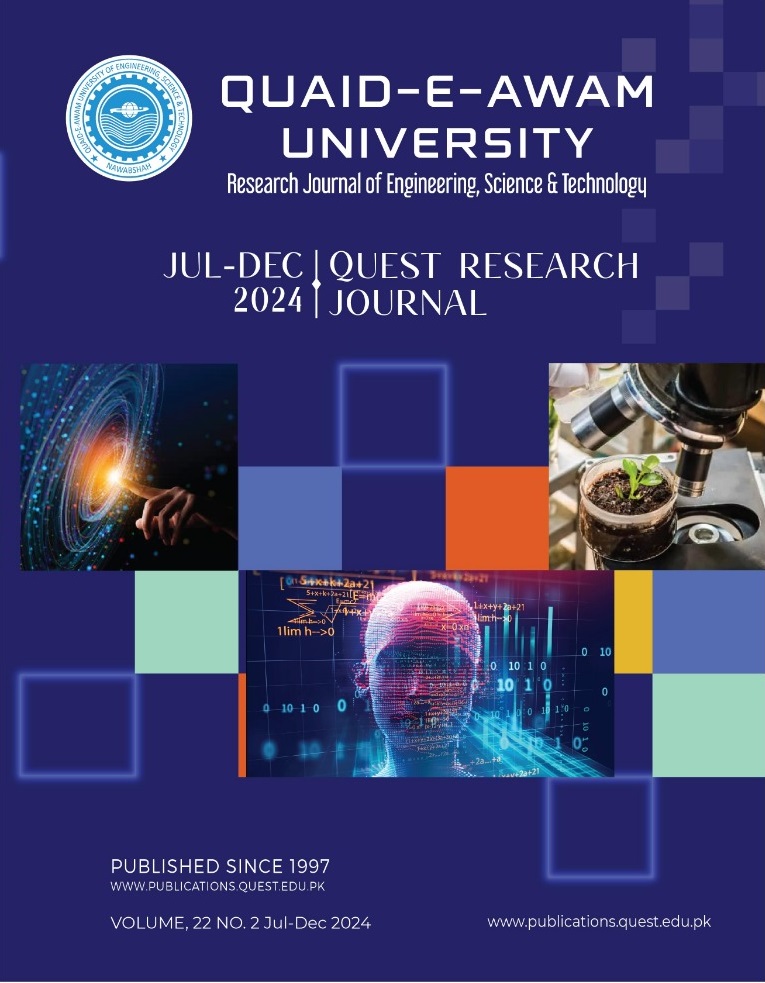Minimizing Transmission Distortion in Parallel Concatenated Convolutional Codes with Constraints in Power and Bit rate
DOI:
https://doi.org/10.52584/QRJ.2202.02Keywords:
Bit Rate, Dynamic Voltage Scaling, Parallel Concatenated Convolution CodesAbstract
Wireless channels are prone to many impairments, which can cause the reception of erroneous packets on Weak channels. Weak channels can cause a high number of retransmissions in order to deliver a packet correctly, which will consume high energy from both the transmitting and receiving nodes. In this study, a solution is proposed for the allocation of power in Parallel concatenated convolutional coding (PCCC), and the Effect of bit rate and power on interleaved size and the effect of bit rate and power on encoder complexity have been presented and discussed. A strategy is developed for supply voltage levels for the encoding process and the interleaving process. Based on the strategy derived, it has been shown that the assignment of supply voltage levels minimizes the transmission distortion.
Downloads
Published
Issue
Section
License
Copyright (c) 2024 Copyright (c) This is an open access article published by QUEST Research Journal. QUEST Research Journal holds the rights of all the published articles. Authors are required to transfer copyrights to journal to make sure that the article is solely published in QUEST Research Journal; however, the authors and readers may freely read, download, copy, distribute, print, search, or link to the full texts of the articles without asking prior permission from the publisher or the author.

This work is licensed under a Creative Commons Attribution-NonCommercial 4.0 International License.

